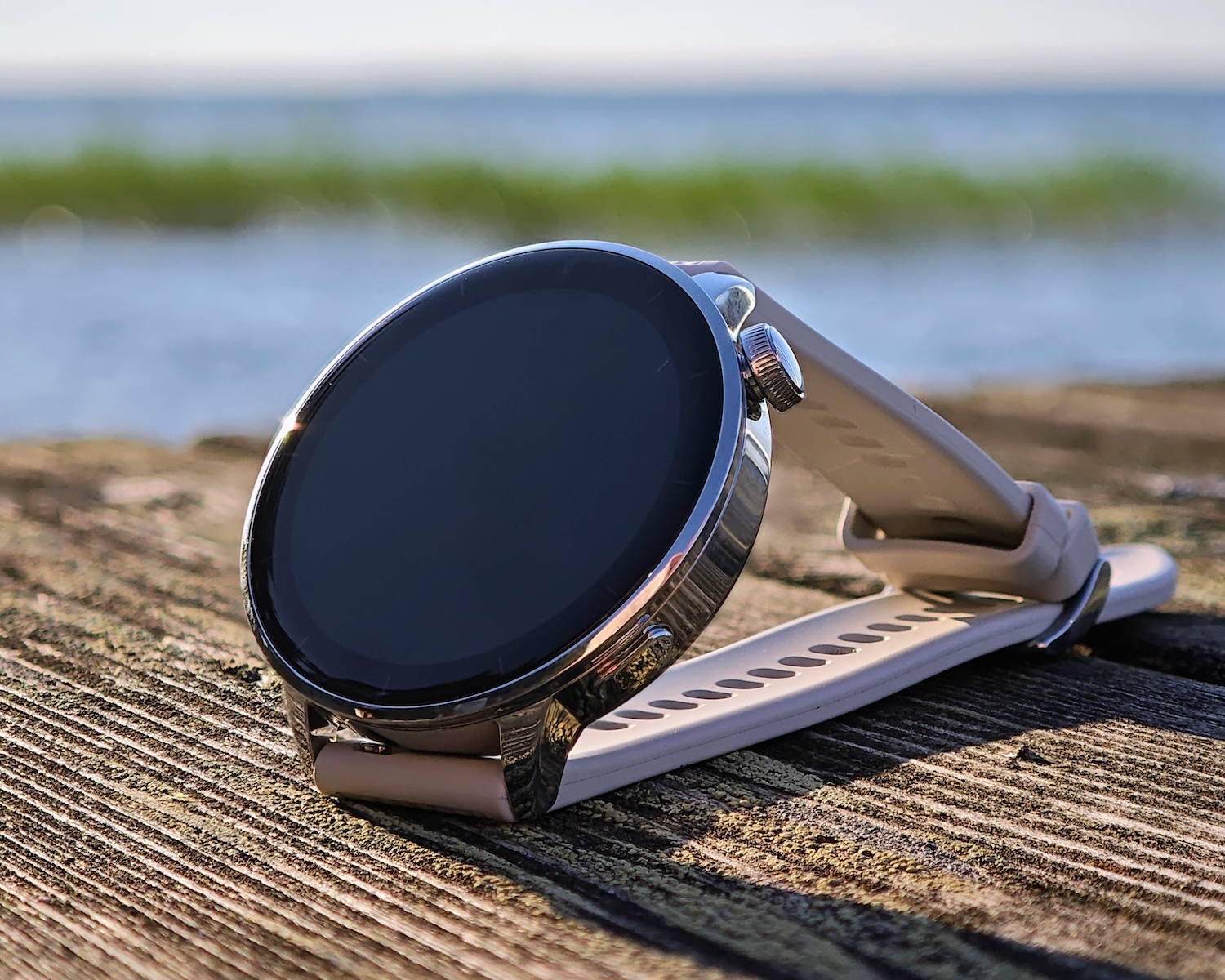TL;DR
The OnePlus Watch 3 43mm offers a smaller, lighter, and more comfortable Wear OS experience than its larger sibling, making it a great choice for those with smaller wrists. However, this compact design comes at a cost: less premium materials, a dimmer screen, reduced battery life (expect about half the original), and the removal of advanced health sensors like ECG and temperature monitoring, plus a downgraded GPS. While still a capable smartwatch, the compromises might not be worth it unless size is your absolute priority. Curious to see if the comfort outweighs the feature cuts? Dive into the full review to decide!
Our assessment of the OnePlus Watch 3 a few months ago left us impressed. It remains a top contender for the best Wear OS smartwatch on the market, particularly due to its exceptional battery performance. However, its substantial size (approximately 47 mm and 81 grams) made it less suitable for some users with smaller wrists.
OnePlus has now introduced a more compact version, the OnePlus Watch 3 43mm, which appears to address this concern. However, to achieve the reduced size, certain trade-offs were necessary, affecting materials, sensors, and, most significantly, battery capacity.
This review will focus specifically on the differences between the two models. For a comprehensive understanding of the OnePlus Watch 3’s overall capabilities, we recommend first reading our review of the larger, standard OnePlus Watch 3.
The central question we aim to answer is: Does the improved comfort of the 43mm model justify the compromises made in its design and functionality?
Design and Comfort
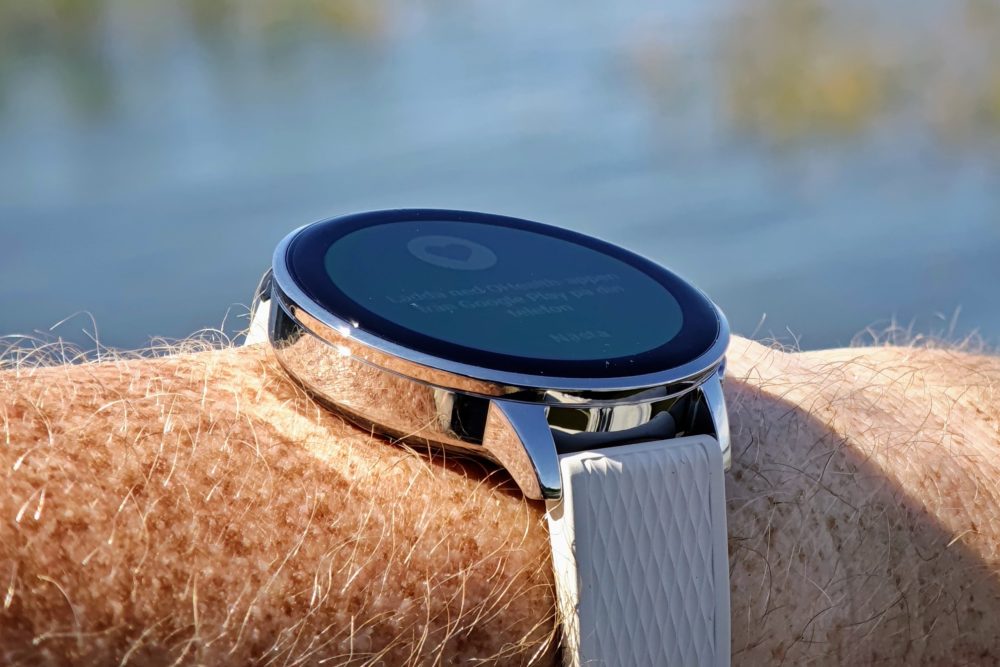
The immediate advantage of the 43mm model is its enhanced comfort. It’s noticeably smaller, thinner, and significantly lighter (59 g with strap compared to 81 g). After a short period of wear, its presence becomes easily forgotten. It proves exceptionally comfortable for continuous wear, including during sleep.
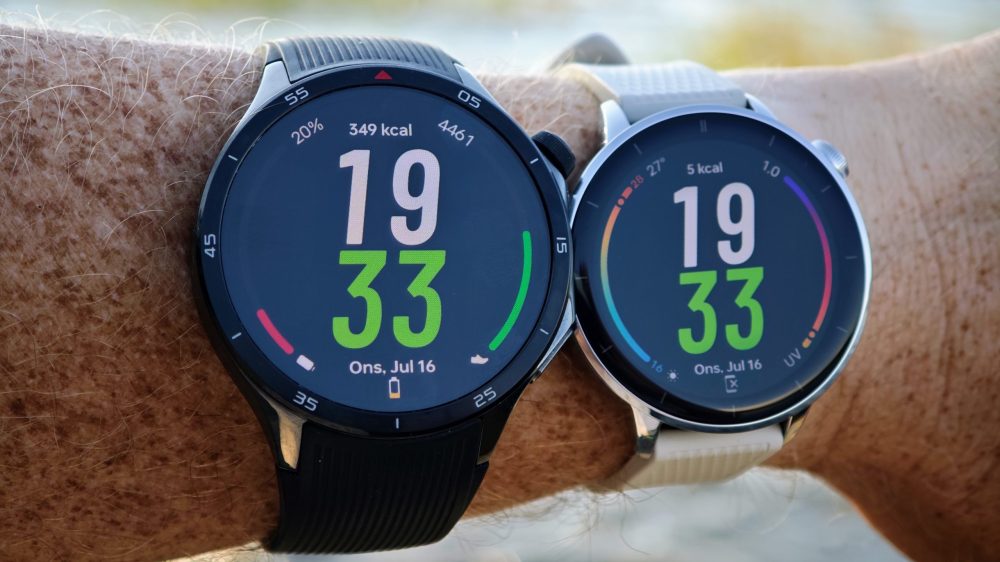
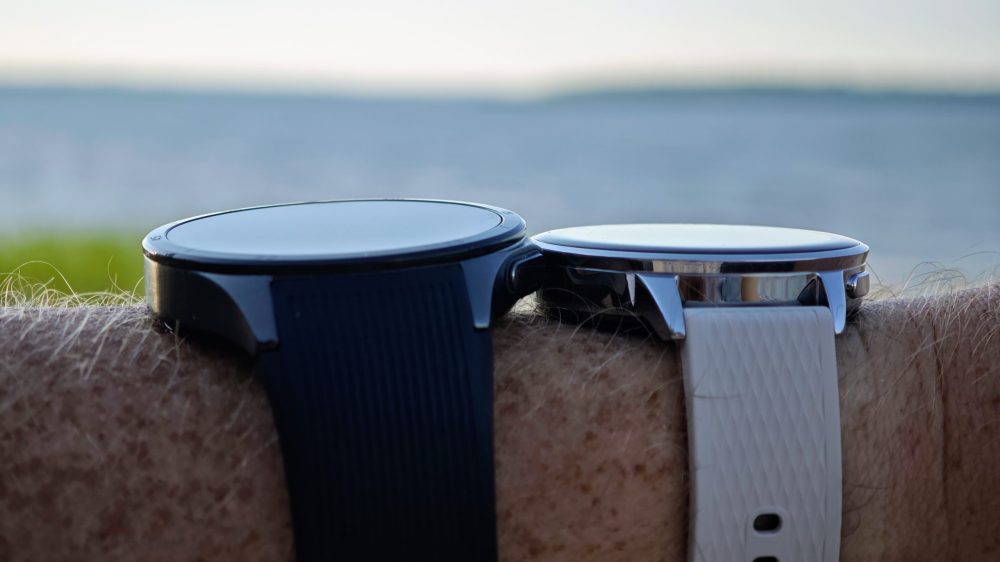
However, the reduction in size comes with drawbacks. The premium feel of the larger model, characterized by its titanium bezel and sapphire glass, is absent. The 43mm version features a stainless steel case and standard 2.5D glass, giving it a less refined aesthetic. The glass surface also exhibits a more reflective quality. Furthermore, the military-grade durability certification (MIL-STD-810H) has been omitted, although the watch retains IP68 and 5ATM ratings for water resistance.
Screen
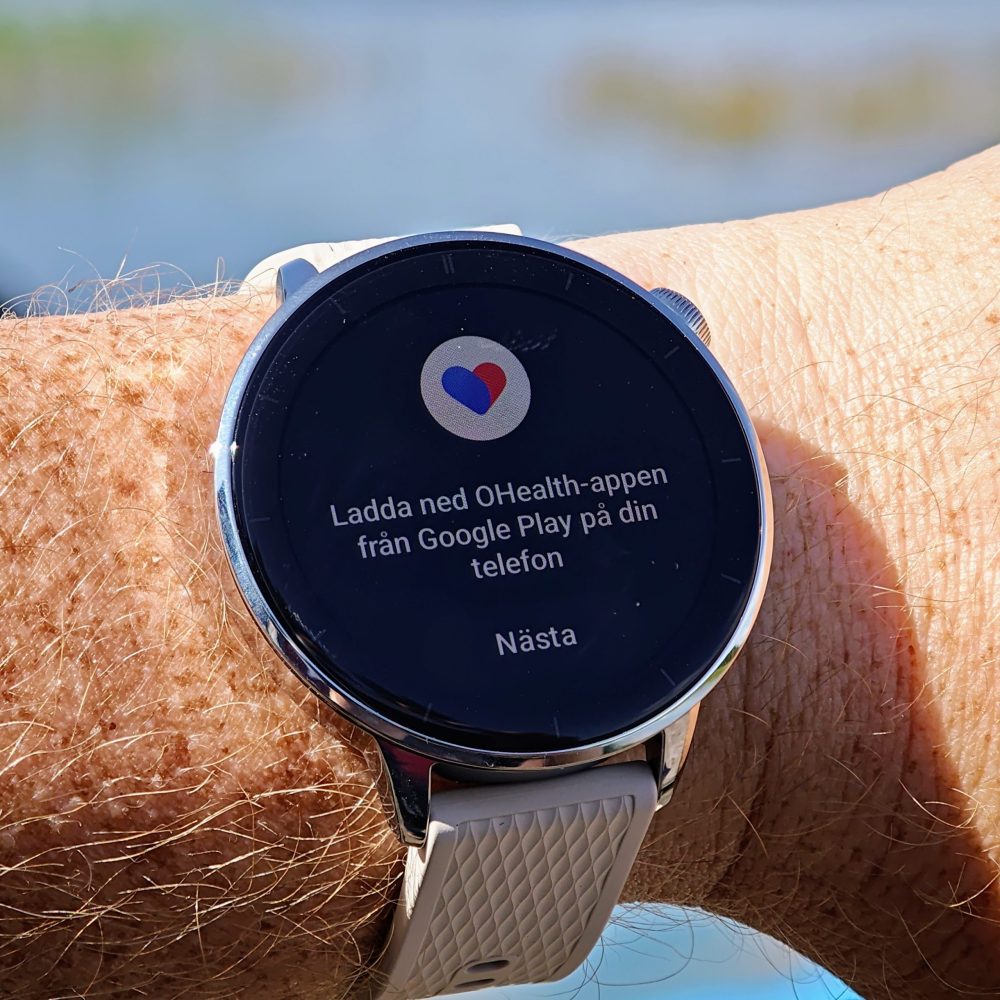
Beyond the material downgrades, the display constitutes another key difference. The 43mm model features a smaller 1.32-inch screen compared to the 1.5-inch display on the standard version. While the resolution remains the same at 466×466 pixels, resulting in a sharp and clear image, the higher pixel density on the smaller screen arguably provides an even more refined visual experience.
Unfortunately, the 43mm variant utilizes a less bright display and lacks LTPO technology, hindering its ability to dynamically adjust the refresh rate as efficiently as the larger model. Maximum brightness has been reduced from 2200 nits to 1000 nits. However, the screen remains adequately visible in outdoor conditions.
Performance and Battery Life
The watch utilizes the same “Dual-Engine-architecture” as the OnePlus Watch 3, ensuring consistently fast performance. The transition between the high-performance Snapdragon W5 processor and the energy-efficient secondary processor remains seamless. So far, the performance is comparable.
However, battery life presents a significant concern. As previously mentioned, the exceptional battery performance of the original Watch 3 was a standout feature. Achieving 4–5 days between charges was a notable achievement for a Wear OS device.
The 43mm model incorporates a significantly smaller battery, reduced from 631 mAh to 354 mAh. This reduction has a noticeable impact on battery life.
The battery life is proportionally reduced, reflecting the smaller battery capacity. Expect approximately 50% of the battery life offered by the standard Watch 3. With typical usage, two days of operation are achievable, potentially with a few additional hours. While this is still respectable compared to other Wear OS smartwatches, it falls short of the exceptional performance that distinguished the original OnePlus Watch 3.
Health and Training

Compromises extend to health tracking features. The core functionalities, including a reliable heart rate sensor, SpO2 measurement, and over 100 training modes, are retained.
However, the more advanced sensors have been omitted. The ECG monitor and wrist temperature sensor are no longer present. Consequently, the functions for detecting irregular heart rhythms, the “60s Health Check-In” for a rapid overview of vital signs, and “Vascular Health” for assessing arterial stiffness are unavailable.
The GPS capabilities have also been downgraded. The standard model’s dual-band GPS (L1+L5) has been replaced with a simpler single-band GPS. This change results in a slightly longer time to acquire a GPS lock and a minor reduction in accuracy. While not a drastic difference, it represents a noticeable step down.
Conclusion
Evaluating the OnePlus Watch 3 43mm presents a unique challenge. It is, in many respects, a competent Wear OS smartwatch, featuring a sleek design, comfortable form factor, and numerous useful features. Its battery life is competitive, if not slightly better, compared to many competing devices. However, the “regular” Watch 3 offers a significantly superior experience, and the price difference between the two is relatively small. The 43mm model is priced at 3599 SEK, while the standard Watch 3 has a recommended price of 4199 SEK (although currently available for 3399 SEK and 3699 SEK, respectively, on Oneplus.com).
Given the minimal price difference and the considerable feature disparity, it is difficult to recommend the 43mm version unless a smaller size is the primary concern and compromises in battery life and features are acceptable. However, if size is paramount, the OnePlus Watch 3 43mm remains a reasonable purchase.
OnePlus provided review samples for this evaluation. The provision of materials does not influence our editorial independence; our reviews are conducted with the interests of our readers and consumers as the paramount consideration.
